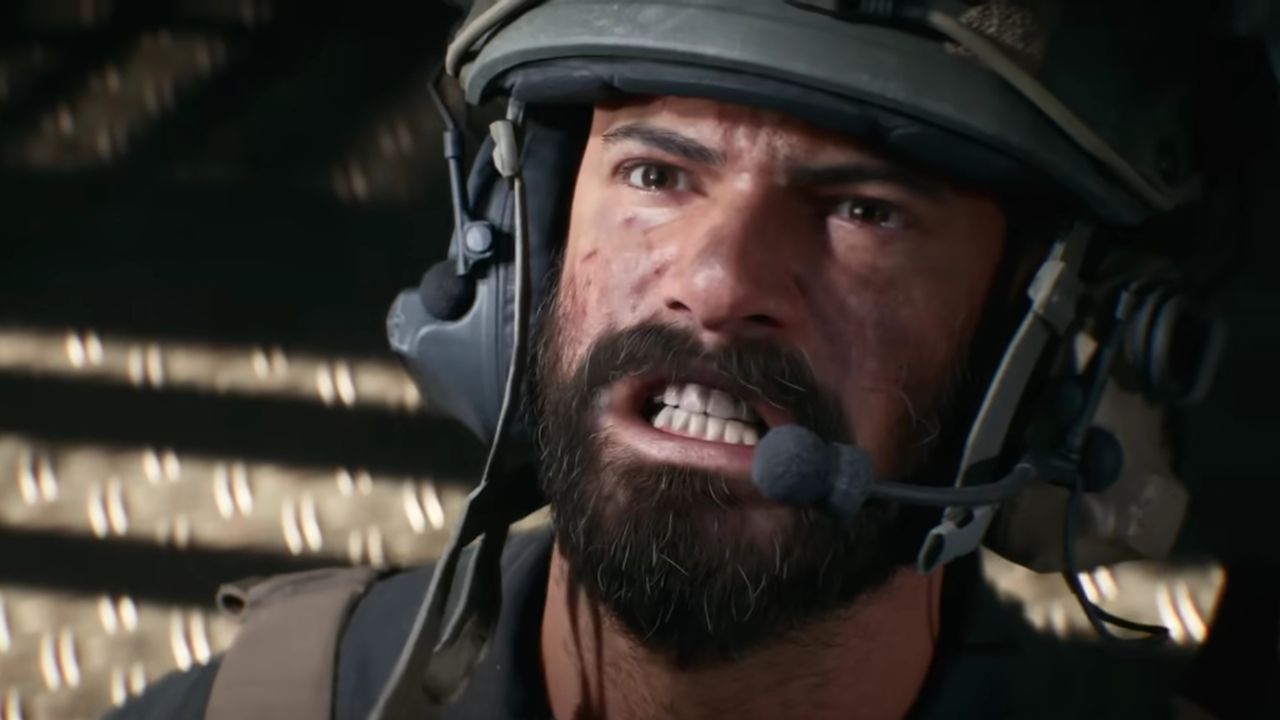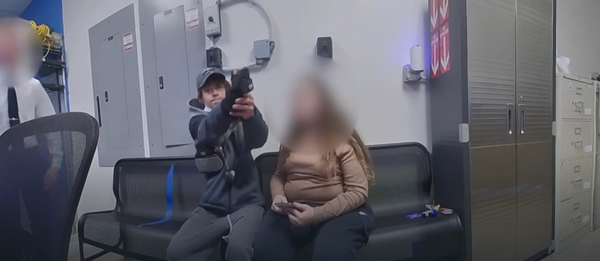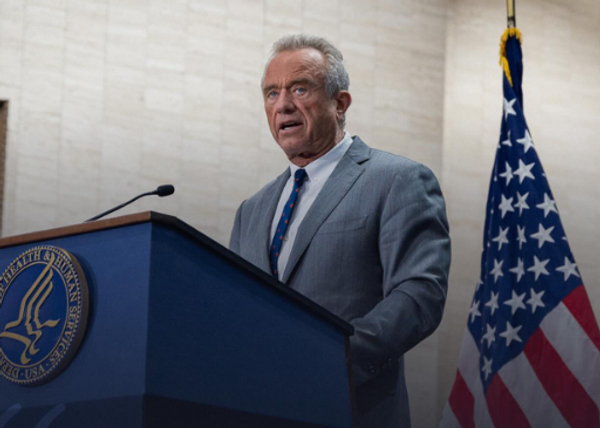
With Battlefield 6, the series is doubling down on what made previous installments so loved. We're talking large military battles fought on land, sea and air, with a fully destructible environment to crumble to dust in the process.
It hasn't launched just yet, but everything we've seen has us optimistic about the sequel and what it’ll mean for EA's Call of Duty rival. A particular design decision fundamentally contributed to that, helping the follow-up four years in the making reinvigorate the series.
"Maybe the only magic trick is that we're not on the PS4 or Xbox One any more," Christian Buhl, technical director on Battlefield 6, tells PC Gamer. "So we've kind of raised the floor of what we have in terms of memory and CPU speed, and so obviously raising that floor helps with improving performance overall."
There are still large audiences on those consoles, but the simple fact is, the hardware therein is over a decade old. Maintaining them for development purposes is just going to weigh the team down and result in an inferior game. Battlefield 6 is coming out against Call of Duty: Black Ops 7, and that is stiff competition. It needs to really kick things up a notch.
Moving away from previous-gen systems didn't solve any problems, it just meant the team were worrying about the highest they could reach rather than maintaining their basement. "It's the testing, it's testing destruction, it's optimising different areas," Buhl continues. "We're using the Frostbite engine, of course, and the Frostbite engine was sort of built for Battlefield. It was built for destruction. And those pieces are core parts of the engine."
Plainly speaking, he "doesn't think there was a magic bullet" for making this game: "It was just a lot of testing, a lot of iteration, a lot of work." If Battlefield 6 can reach the absolute awe of Battlefield 4, then it’ll be a job well done all around.







